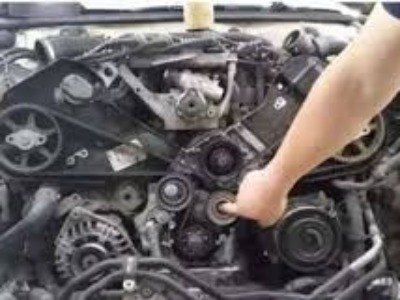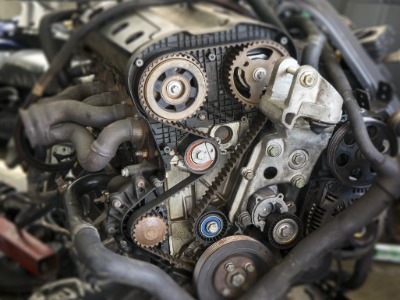Maximizing the Lifespan of Your Engine: Tips for Inspecting and Maintaining Timing Belt Kits
Timing belt kits are an essential component of any automobile engine, responsible for synchronizing the motion between the crankshaft and camshaft to ensure optimal engine performance. With regular use, timing belt kits will eventually wear down and require replacement. In this blog post, we'll discuss how to check if your timing belt kit needs replacing and provide tips for maintaining your kit to maximize its lifespan.

The first step in determining whether your timing belt kit needs replacing is to refer to your vehicle's owner manual or consult a trusted mechanic. Generally speaking, Timing Belt Kits should be replaced every 60,000-100,000 miles, depending on the make and model of your vehicle. However, factors such as driving conditions, climate, and frequency of use can all impact the lifespan of your timing belt kit.
One way to check if your timing belt kit needs replacing is to visually inspect the belt for cracks, fraying, or signs of wear. Additionally, if you hear strange noises, notice reduced engine performance, or experience engine misfires, these can all be indicators that your timing belt kit needs replacing.

To maintain your timing belt kit and extend its lifespan, there are several steps you can take. Regularly checking the belt for wear and tear, ensuring proper belt tension, and keeping the engine cool through proper coolant maintenance are all effective ways to prolong the life of your Timing Belt Kit. Additionally, avoiding sudden acceleration or aggressive driving can help prevent unnecessary strain on the belt.
In summary, regularly checking your timing belt kit for signs of wear and tear and following proper maintenance procedures can help prevent costly repairs and extend the life of your engine. Consult with a trusted mechanic for guidance on when to replace your timing belt kit, and follow manufacturer recommendations for maintenance and care.









